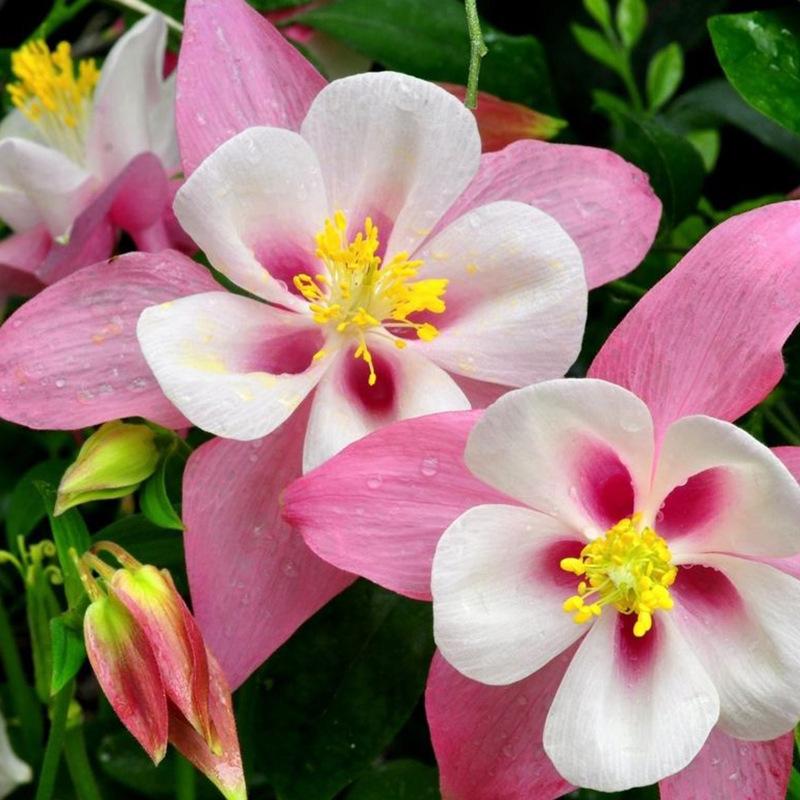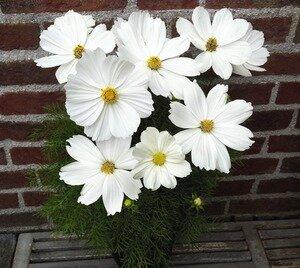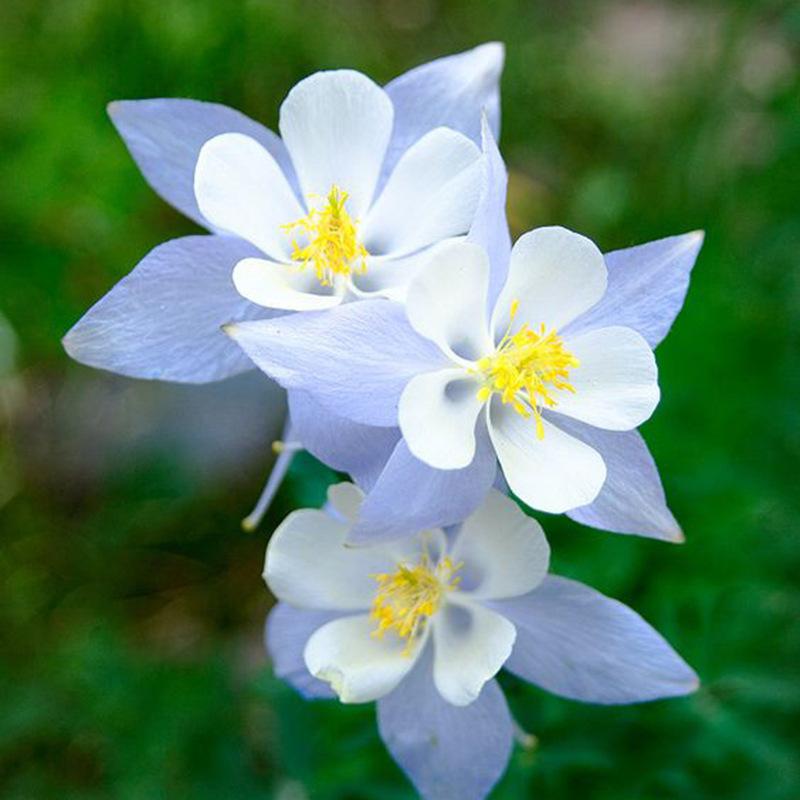Once upon a time, there was a small Thunbergia plant named Oliver. Oliver possessed a unique ability – it could change the color of its petals based on its mood. This intrigued the garden visitors, who would be welcomed by vibrant red petals when Oliver was happy and deep blue petals when it felt sad. The plant quickly became the talk of the town, attracting curious minds and researchers from far and wide. Oliver’s captivating beauty and mysterious nature brought joy and wonder to all who encountered it, making it a beloved resident of the garden for years to come.
Picture
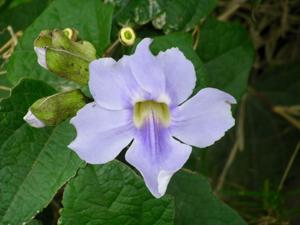
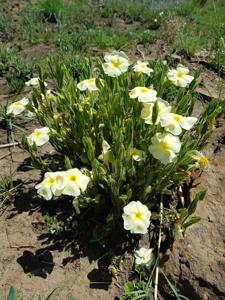
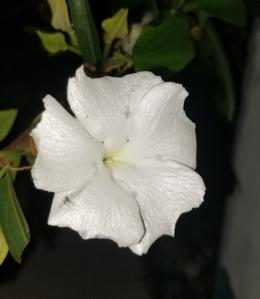
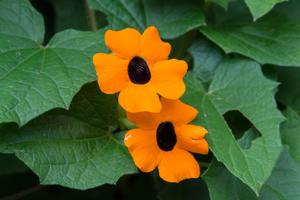
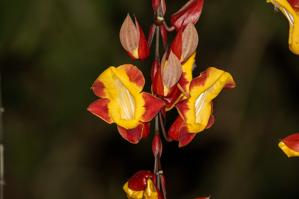
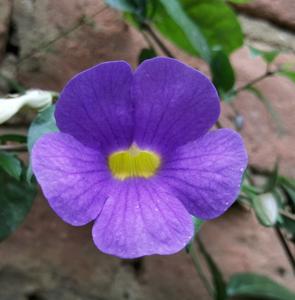
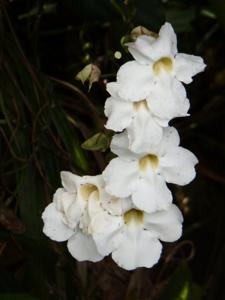
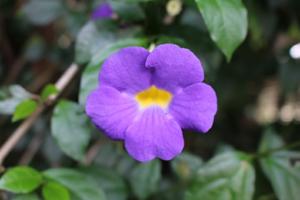
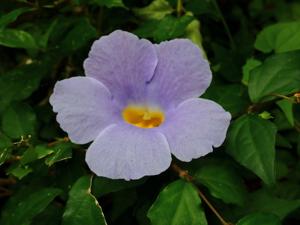
Plant some seeds now!
Short Description
Thunbergia is a genus of flowering plants in the family Acanthaceae. It includes 150 species native to tropical and subtropical regions of sub-Saharan Africa, Madagascar, southern Asia, New Guinea, and Australia. Thunbergia species are vigorous annual or perennial vines and shrubs growing to 2–8 m tall. The generic name honours the Swedish naturalist Carl Peter Thunberg (1743-1828).
Its members are known by various names, including thunbergias and clockvine. Thunbergia on its own usually refers to Thunbergia grandiflora, while Thunbergia alata is often known as black-eyed Susan vine or just black-eyed Susan (not to be confused with other flowers called black-eyed Susan). Orange clockvine is the name of Thunbergia gregorii.
Thunbergias are frequent garden escapes, becoming invasive species; T. grandiflora, T. fragrans, and T. laurifolia are considered weeds in Australia.

